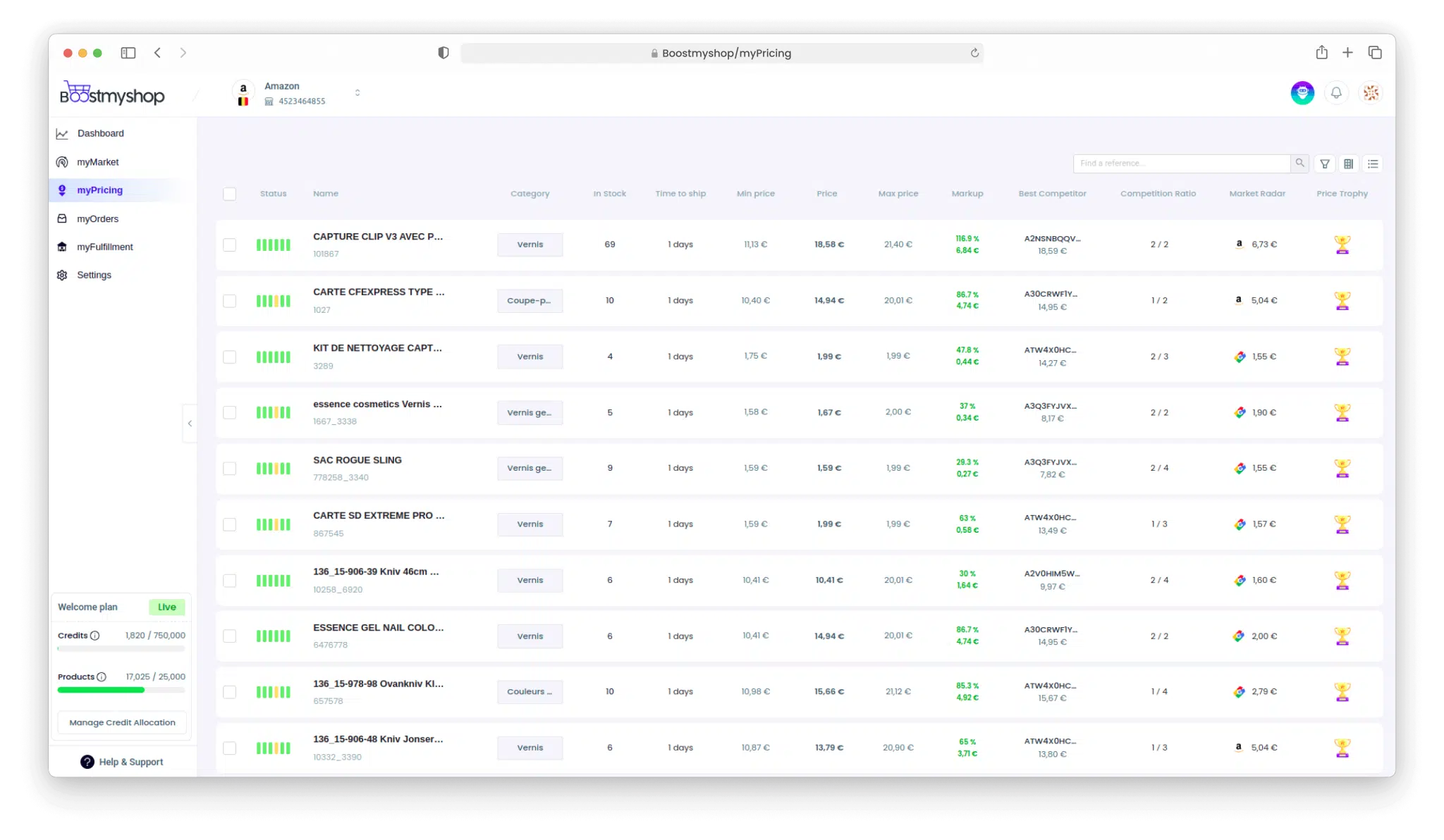Ecommerce Peak Season Tips for Marketplace Sellers and E-Merchants
The ecommerce peak season is the golden opportunity for both marketplace sellers and e-merchants to boost sales and engage with a vast customer base. Ecommerce peak season refers to specific periods of the year when online retailers and e-commerce businesses experience a significant surge in sales and customer activity.
During these peak seasons, there is a notable increase in online shopping, often driven by various factors, such as holidays, special promotions, or seasonal trends. Ecommerce businesses strategically prepare for these high-demand periods to maximize their sales and profits.
This peak season sales can amount to 35% of all online sales occurring in a year.
Whether you’re a seller on a popular online marketplace or an independent e-commerce store owner, it’s essential to prepare strategically for this hectic period. In this article, we’ll dive into valuable tips tailored for both marketplace sellers and e-merchants to help you thrive during the Ecommerce Peak Season. Boost your sales.!
Tips for Marketplace Sellers
1. Stock Up and Diversify Inventory
To kickoff a successful peak season, start by analyzing the trends from past peak seasons. Identify which products performed exceptionally well, and ensure you have an ample stock of these best-sellers. Additionally, consider expanding your product range to attract a broader audience. Diversification can help you tap into new customer segments and increase your chances of making more sales.
2. Optimize Product Listings
Your product listings are your digital storefront, and they need to shine. Update product titles, descriptions, and images to provide clarity and entice potential buyers. Utilize relevant keywords to improve search visibility, making it easier for customers to find your products. Don’t forget to highlight unique selling points and competitive pricing to stand out in the crowded marketplace.
3. Competitive Pricing and Promotions
Competitive pricing can make or break your sales during the peak season. Regularly monitor your competitors’ pricing and be prepared to adjust your prices competitively. To attract more customers, create attractive promotions such as bundle deals, discounts, or limited-time offers. Consider offering loyalty rewards or discounts for returning customers to foster customer loyalty.
Dynamic pricing tools like Boostmyshop myPricing empower marketplace sellers to stay competitive in a rapidly changing e-commerce landscape. They provide real-time insights, automate pricing adjustments, and offer data-driven recommendations to optimize pricing strategies, ultimately leading to increased sales and profitability.
Gain competitive edge.
Use Boostmyshop myPricing to track competition & prices. Book a demo to know how.
Book a demo
4. Efficient Order Fulfillment
Efficiency is the name of the game when it comes to order processing and shipping. Streamline your fulfillment processes to ensure that orders are processed quickly and accurately. Consider partnering with third-party logistics (3PL) providers to achieve faster deliveries, especially during the peak season when demand is high. Communicate shipping times clearly to manage customer expectations and reduce the likelihood of disputes.
5. Customer Service and Communication
As customer inquiries and support requests surge during the peak season, it’s crucial to be well prepared. Implement chatbots or AI systems to provide instant assistance to customers, addressing common queries efficiently. Proactive communication is key; keep customers informed about order updates and tracking information to enhance their buying experience and reduce anxiety.
Tips for E-Merchants
1. Website Performance Optimization
A well-optimized website is your foundation for success during the peak season. Conduct a thorough website audit to ensure speed and functionality. Make sure your site is mobile-responsive to cater for on-the-go shoppers who use various devices. Consider implementing a scalable hosting solution to handle the increased traffic effectively and prevent downtime. If you are new to ecommerce check the keys to building a winning ecommerce website design article.
2. Comprehensive Marketing Plan
Develop a comprehensive marketing plan well in advance. Create a detailed content calendar for promotions and campaigns, ensuring you’re prepared for every peak season milestone. Utilize email marketing to engage with your customers before and during the peak season, offering exclusive deals and updates. Leverage paid advertising to maximize your online visibility and attract potential customers to your site.
3. Inventory and Demand Forecasting
Accurate demand forecasting is essential for managing your inventory efficiently. Utilize data analytics to forecast demand accurately, helping you avoid stockouts and overstocking. Implement an inventory management system that provides real-time updates on stock levels, ensuring you can meet customer demand without unnecessary delays.
4. Customer Experience Enhancement
Enhance the overall customer experience on your website. Offer personalized product recommendations based on customer behavior and preferences. Ensure that your website provides easy navigation and a user-friendly checkout process to minimize cart abandonment. Implement chat support to address customer queries promptly, enhancing their shopping experience and increasing the likelihood of conversion. Meaintain best practices for customer service.
5. Post-Purchase Experience and Returns
The customer experience doesn’t end at checkout. Streamline the returns process to make it hassle-free for customers. A smooth returns process can build trust and encourage repeat business. Don’t forget to request feedback and reviews from satisfied customers to improve your products and services continually. Additionally, plan post-peak season strategies to retain new customers and keep them engaged with your brand.
Boostmyshop myFulfillment is an order fulfillment solution that offers e-merchants a range of benefits. It streamlines order processing, enhances inventory management, integrates with multiple sales channels, optimizes pick, pack, and ship processes, simplifies shipping and carrier management, and efficiently handles returns. This solution can lead to cost savings, support scalability, and ultimately boost customer satisfaction by ensuring accurate and timely order fulfillment. E-merchants can focus on growing their businesses while myFulfillment takes care of the complexities of e-commerce order management..
Conclusion
In conclusion, whether you’re a marketplace seller or an e-merchant, the Ecommerce Peak Season offers immense opportunities for growth and success. Prioritizing preparation, optimizing the customer experience, and implementing efficient operational strategies are key to making the most of this critical period. By adapting these tips to your specific business needs, you can position yourself for a prosperous Ecommerce Peak Season and achieve your sales and growth goals.





